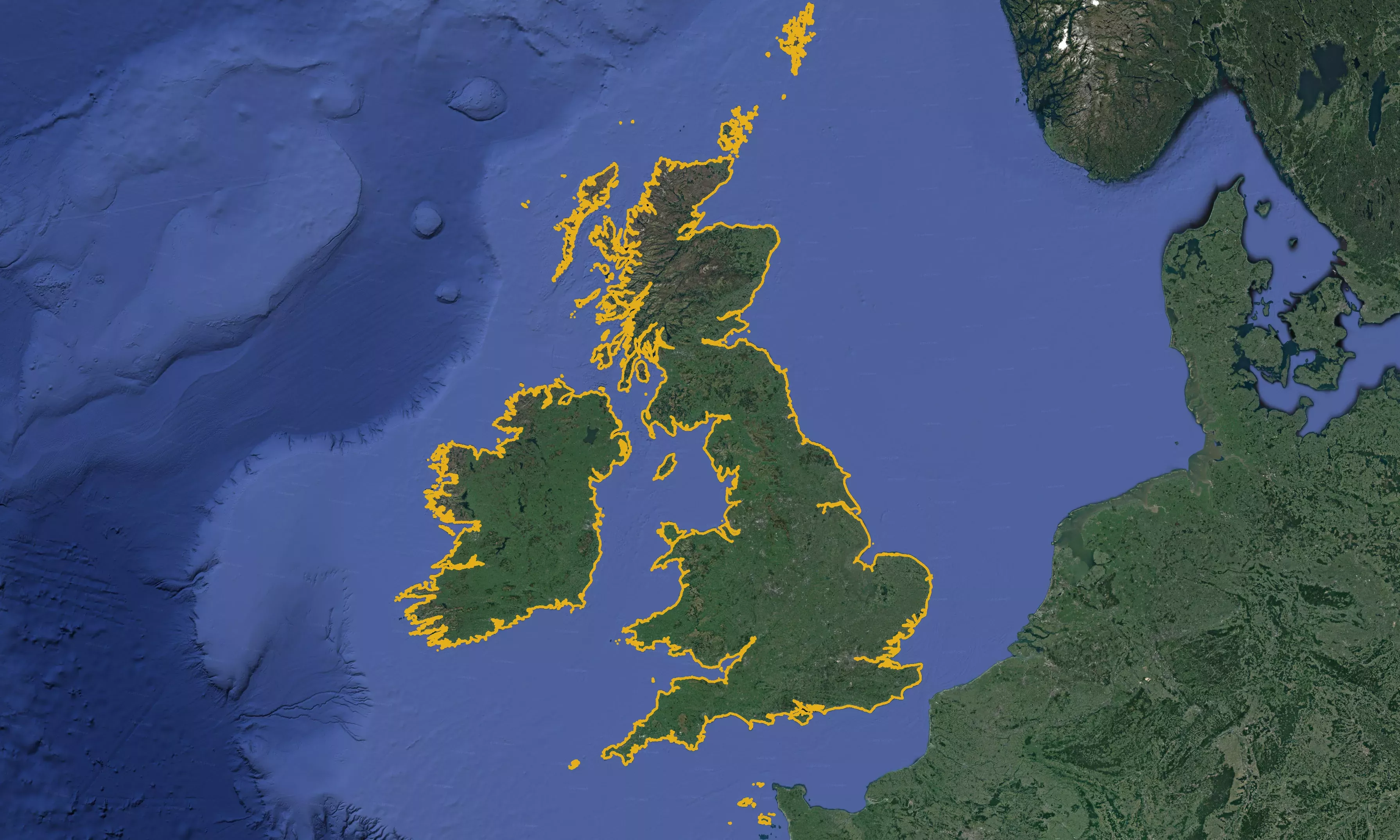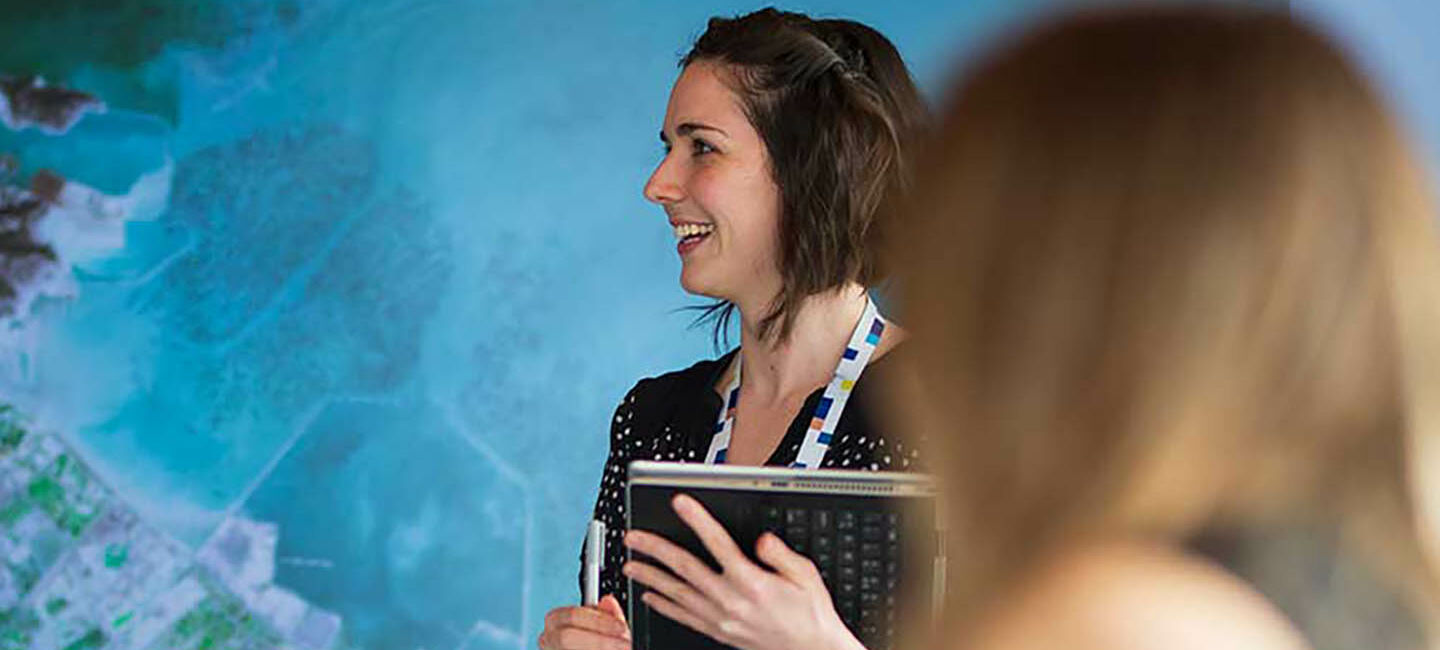In recent years, we have seen how data science can transform the way we handle, process and assimilate data. Now, with the help of machine learning and big data technologies, teams across the UKHO are finding new ways to automate the creation of data sets that can help to further our understanding of the marine environment.

Locating and monitoring mangroves
This innovation has generated a global data set which identifies the locations of mangroves – a type of tree that plays a crucial role in coastal ecosystems. Found in tropical and sub-tropical regions, mangroves act as a natural coastal defence and have capacity to absorb huge amounts of greenhouses gases; so, monitoring their location and health is hugely important.
To automate its creation, our data science, data engineering and remote sensing teams trained a machine learning model to process satellite imagery and recognise mangroves in different locations and densities. This has enabled us to develop a high-resolution mangrove data set that can be updated more frequently and cost-effectively, so that users can locate, monitor and assess this vital species.
Mapping coastlines with satellite imagery
In addition to mapping areas of mangrove forest, the team have also developed a new method for automating the creation of coastline data sets.
By taking satellite imagery and using computer vision techniques, we have produced a more accurate and detailed data depiction of the UK coastline than that which was freely available, which is now available for download via the ADMIRALTY Marine Data Portal. By automating this task, it becomes possible to update shoreline data more quickly, enabling others to better detect change such as coastal erosion.
We are still working to evaluate and improve these processes, but already we’ve seen their potential in transforming the way we process data. Following the success of these models, we are now testing new automated processes with wider data sets – from high-density bathymetric profiles, to the location of kelp.
Get in touch
If you want to find out more about how you can collaborate with the UKHO, please contact us via the form below.


